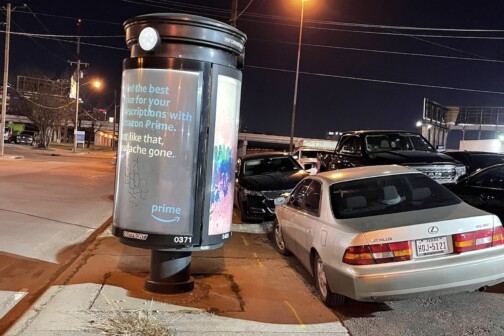
That spurred me to take another, closer look at the ACLU report. In Texas, a black person is 2.33 times more likely to be arrested for marijuana possession than is a white person. (Despite marijuana use at similar rates among whites and blacks.) The disparity is a little greater than in Dallas, Tarrant, and Denton counties, and a little less than that in Collin County. Anyway, that rate actually places Texas among the 10 states with the least difference between how blacks and whites are dealt with by law enforcement — though it’s still nothing to be proud of. (The most racist state by this measure is Iowa, where a black person is 8.33 times more likely to be arrested for pot than a white person.)
Only, the number doesn’t tell the whole story. The situation in Texas is likely much worse. I’ll let the ACLU explain:
Indeed, of the 10 states with the lowest disparities in Black-white arrest rates — Hawaii, Alaska, Colorado, New Mexico, Oregon, Maine, California, Texas, Arizona, and Rhode Island — seven are among the 15 states with the highest Latino populations, including the top four: New Mexico, California, Texas, and Arizona. In other words, in these states, of the Black-white arrest disparity, a portion, if not a significant number, of marijuana possession arrests are of Latinos, but the FBI/UCR likely classifies them as “white” arrests, thereby reducing artificially the Black-white arrest disparities to the extent that Latinos are arrested at higher rates than whites. That is, if many of those “white” arrests are actually arrests of Latinos, and if the Latino arrest rate is greater than the white arrest rate, the actual Black-white arrest rates are much greater than the disparities contained in the present data. How much greater, unfortunately, cannot be ascertained from the present FBI/UCR data.
Texas spent $251,648,800 enforcing marijuana laws in 2010 (the last year for which all of this data is available).




